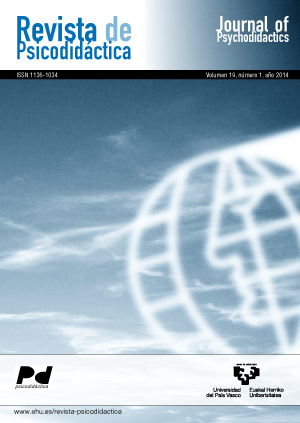Development of Children's Solutions of Non-Standard Arithmetic Word Problem Solving // El desarrollo de las soluciones infantiles en la resolución de problemas aritméticos no estándar
##plugins.themes.bootstrap3.article.main##
##plugins.themes.bootstrap3.article.sidebar##
Publicado
11-09-2013
Laura Jiménez
Lieven Verschaffel
Resumen
This study investigated the development of four beliefs about word problem that develop in children through their immersion in the culture of traditional mathematics: every word problem is solvable, there is only one numerical correct answer, it is always necessary to do calculations, and all numbers must be used in order to calculate the solution. Children from Grade 1 to 6 were faced to solve word problems that violated these four beliefs. General results revealed, first, that only 37.9% of children's responses were correct. Second, the difficulty was increasing starting with the Unsolvable problem (18.3%), and followed by the Multiple solutions (30.3%), the Given solution (45.7%) and the Irrelevant data problem (57.3%). Third, the children's correct responses increased from Grade 1 (15.5%) to Grade 6 (56%), but not within the three lower and the three upper grades. The article ends with a discussion of the theoretical, methodological, and educational implications.
##plugins.themes.bootstrap3.article.details##
Número
Sección
ARTÍCULOS

